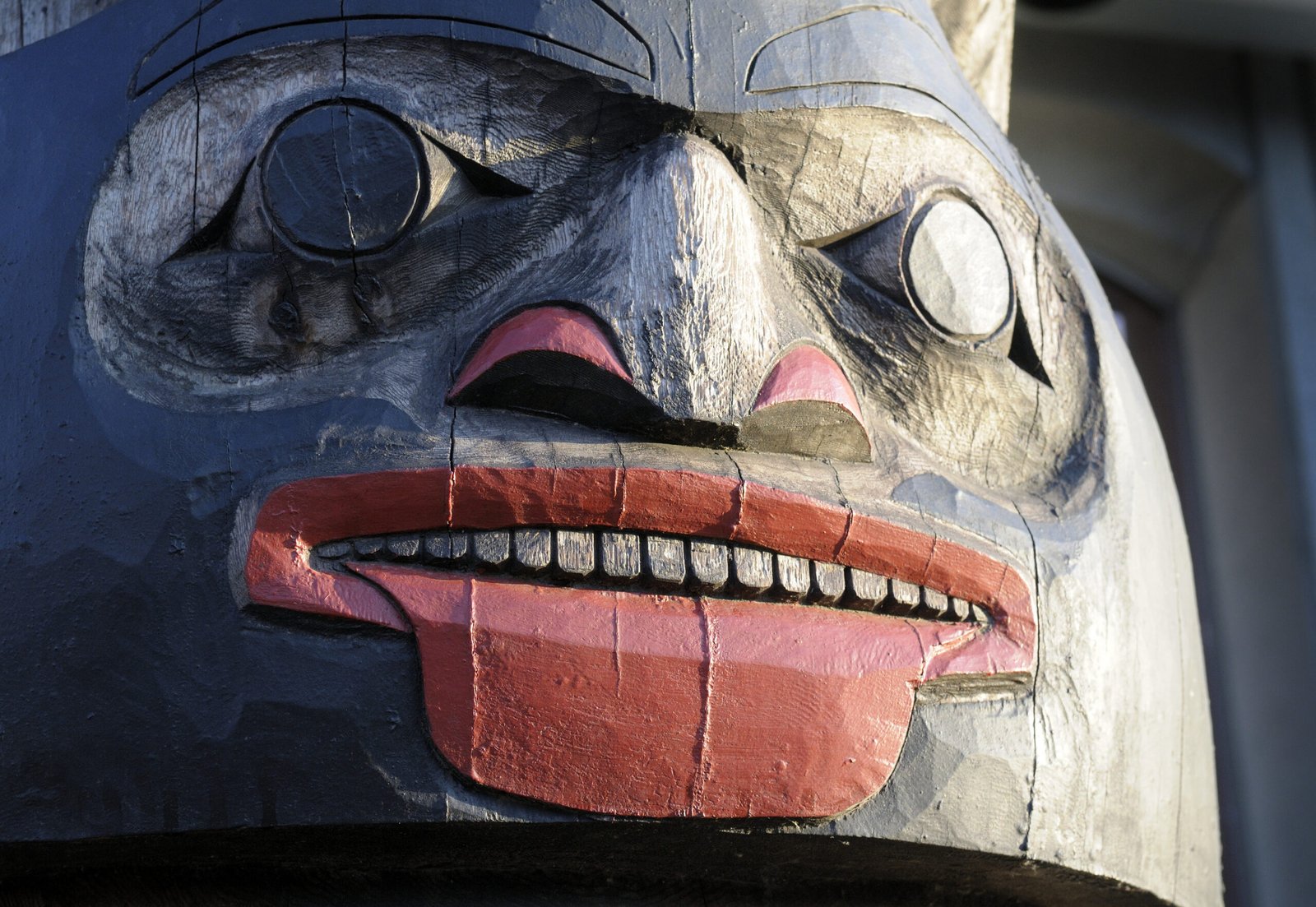
Indigenous horror is a growing genre.
“It stems from a few things,” says Judith Leggat, highlighting a significant rise in Indigenous writers engaging with popular genres, including horror.
Leggat is an associate professor of English at Lakehead University in Thunder Bay, Ont.
She’s also an expert on Indigenous literature. In the fall, she’ll be teaching a graduate seminar on Indigenous horror, tapping into a growing and deeply resonant genre.
Indigenous horror, she says, often intersects with Indigenous futurism, which envisions the resurgence of traditional Indigenous cultures even amidst ongoing settler colonialism.
The optimism of Indigenous futurism, seen in works like Cherie Dimaline’s The Marrow Thieves and Waubgeshig Rice’s Moon of the Crusted Snow, often intersects with horror, highlighting the tension between utopian aspirations and dystopian realities.
Such narratives reflect a deep-seated need to grapple with the traumas and legacies of colonization.
Such narratives reflect a deep-seated need to grapple with the traumas and legacies of colonization.
One of the genre’s defining features, according to Leggat, is its departure from European gothic traditions and mainstream North American pop horror.
“Indigenous horror comes from a completely different worldview,” she says. “It takes colonial tropes and subverts them.”
Leggat points to films like Jeff Barnaby’s “Rhymes for Young Ghouls,” where horror arises not from supernatural entities, but from historical and societal traumas such as residential schools.
“These narratives allow us to confront difficult histories through an imaginative lens,” she says.
A Unique Take on Horror
What sets Indigenous horror apart from other horror is its distinct worldview.
This genre flips colonial horror tropes on their head.
Traditional gothic motifs of haunted houses and malevolent spirits give way to stories where the true horror lies in historical and ongoing injustices.
For example, the zombie priests in Barnaby’s films are not literal zombies but symbols of the dehumanizing forces of colonial institutions.
Similarly, other Indigenous horror stories transform the land and its histories into active agents of resistance, challenging and unsettling the settler narratives.
Leading Voices and Emerging Talents
The landscape of Indigenous horror is as diverse as it is rich. Leading figures like Jeff Barnaby, Stephen Graham Jones, and Eden Robinson have been pivotal in shaping the genre.
Barnaby’s films, from the body horror of File Under Miscellaneous to the zombie apocalypse in Blood Quantum, are seminal works. Jones’s novels, such as The Only Good Indians and the Indian Lake slasher trilogy, offer chilling, thought-provoking narratives.
Robinson’s Trickster trilogy blends traditional myth with contemporary horror, while Dimaline’s works continue to push the boundaries of the genre.
New voices are also making their mark.
Nyla Innuksuk’s film Slash/Back and Alex Soop’s short story collections explore horror from unique cultural perspectives. Jessica John’s Bad Cree and Andrea L. Rogers’ Man Made Monsters present fresh takes on familiar horror tropes, blending them with Indigenous themes and experiences.
Themes of Real-World Horror
Indigenous horror doesn’t shy away from difficult subject matter.
It often tackles themes that other genres might find hard to address, such as the atrocities of residential schools and the ongoing crisis of Missing and Murdered Indigenous Women and Girls (MMIWG).
“Residential schools form perhaps the biggest and most obvious horror trope in Indigenous literature,” Leggat says.
“Residential schools form perhaps the biggest and most obvious horror trope in Indigenous literature.”
Judith Leggat, Associate Professor of English at Lakehead University
Films like Barnaby’s Rhymes for Young Ghouls and Lisa Jackson’s short film Savage use horror to critique these institutions, depicting them as sites of gothic terror and monstrous transformation.
The genre also confronts the devaluation of Indigenous women’s lives.
Stories about Deer Woman, for instance, reframe traditional myths into powerful narratives of resistance and retribution.
Works like Elisabeth LaPensée’s Deer Woman: A Vignette and Jones’s The Only Good Indians use horror to explore the impact of violence on Indigenous communities, while emphasizing the agency and humanity of Indigenous women.
Challenging Stereotypes
Indigenous horror challenges and redefines mainstream horror stereotypes.
The Indian burial ground trope— a horror cliché where land is depicted as cursed or haunted due to its use as a former Indigenous burial site reinforces stereotypes and dishonours Indigenous cultures—is turned on its head, emphasizing the ongoing presence and resilience of Indigenous people rather than their absence.
Similarly, Indigenous monsters are given their complexity, reclaiming figures like the Wendigo from misappropriation and misunderstanding in popular culture.
Teaching the Next Generation
As Leggat prepares to launch her seminar on Indigenous Horrors, her journey illustrates the growing interest and significance of Indigenous voices in the horror genre.
“The grad course stems from me seeing…more and more Indigenous horror being produced,” she says, reflecting on the evolution of her curriculum.
“When I’m looking for new texts to put on a course in Indigenous Children’s and young adult (YA) literature, a surprising number of the new YA texts are horror, or at least have horror elements, which suggests that Indigenous youth are particularly invested in the genre.”
After years of proposing the course, it has finally gained approval, a testament to the growing recognition and diversity within Indigenous horror literature.
“The field has grown so much that I’m having a hard time deciding what to teach because there is so much excellent material!” Leggat exclaims, highlighting the richness and variety that Indigenous horror brings to academic discourse.
Indigenous horror invites readers and viewers alike to peer into shadows where the past and present converge. It offers unsettling truths to the realities of settler colonies like Canada and the United States—both present and past.
Indigenous horror invites readers and viewers alike to peer into shadows where the past and present converge. It offers unsettling truths to the realities of settler colonies like Canada and the United States—both present and past.
This growing genre not only entertains but also challenges and educates.
And it’s becoming a potent tool for societal critique and reclamation of Indigenous traditions & cultures as we look to the future.